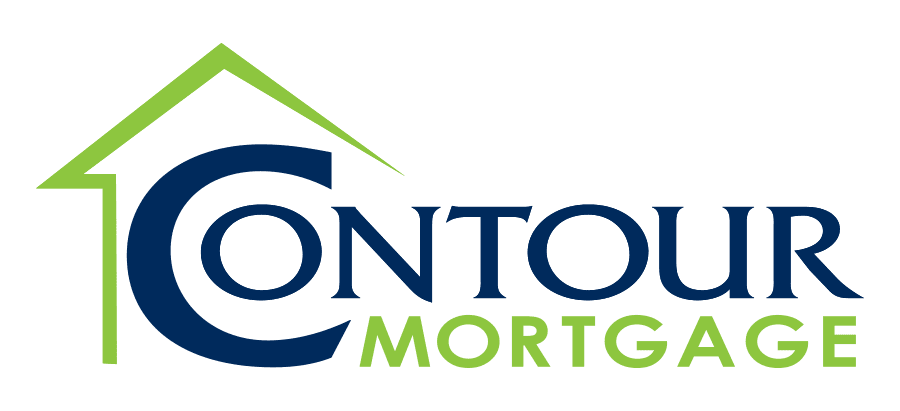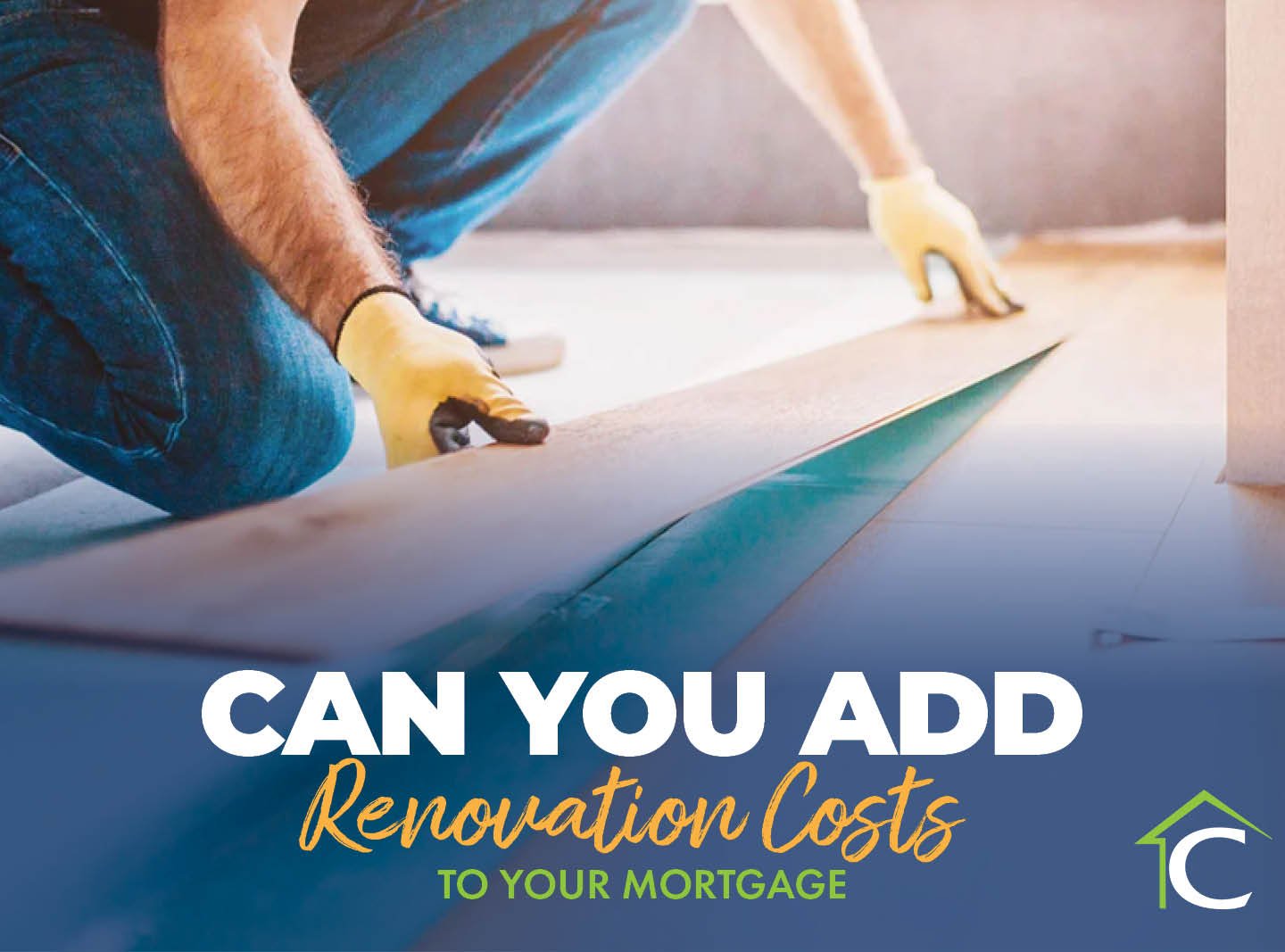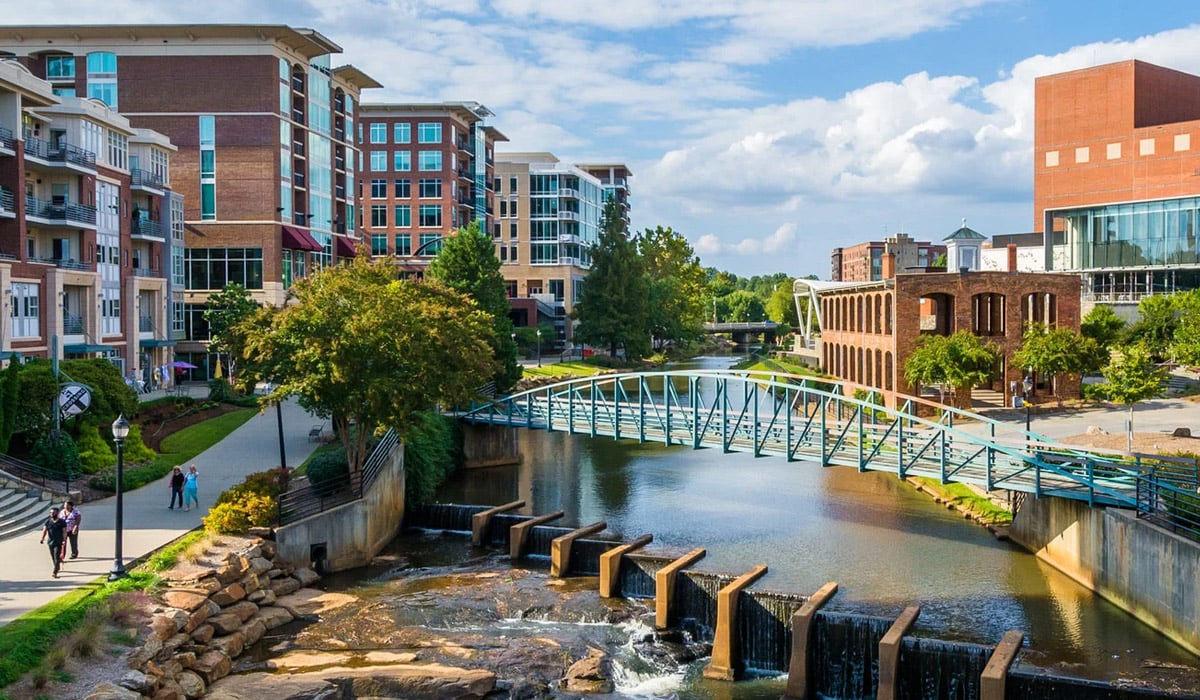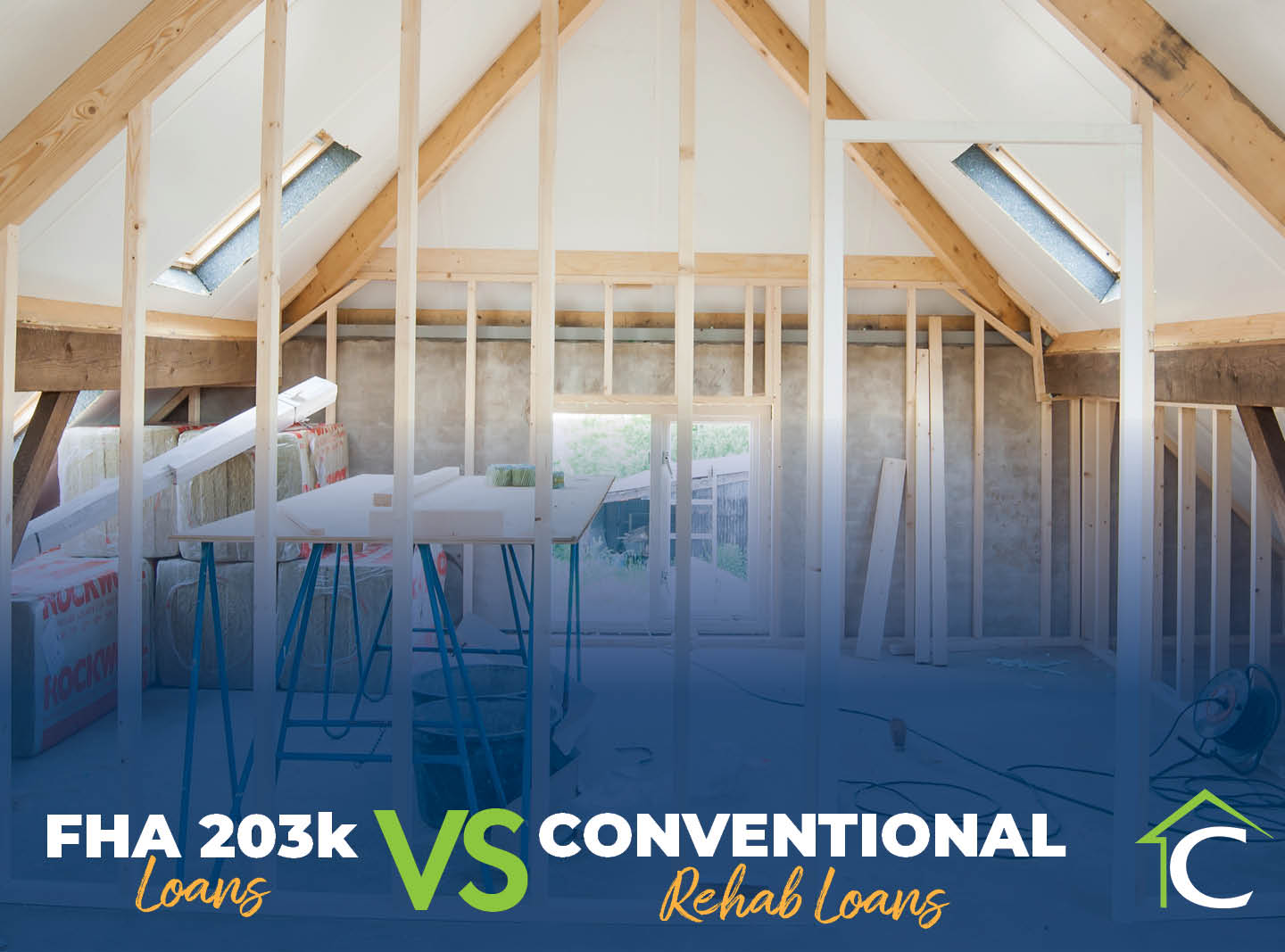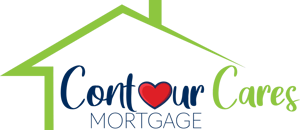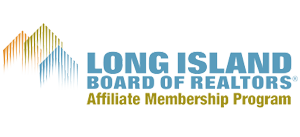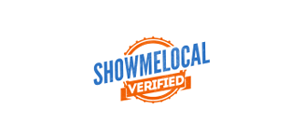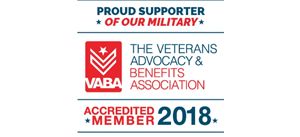Home renovation can be an exciting prospect for many homeowners. Whether it's updating an outdated kitchen, improving your home’s energy efficiency, or converting your attic, a remodel can revitalize the look and feel of your living space.
However, projects can be pricey, potentially raising financial challenges for many.
This is where home renovation loans can make a big difference, by offering practical solutions to bridge the gap between your renovation dreams and budget constraints.
What Is a Home Renovation Loan?
Simply put, a home renovation loan is designed to fund improvements and repairs to your house, apartment, or living space. Unlike other loans, such as mortgages and student or auto loans, these are specifically intended to help cover costs related to enhancing a home’s aesthetic, function, or value.
Home renovation loans come in various forms, such as home equity loans, home equity lines of credit, and even government-sponsored loans, each with its own benefits and eligibility requirements.
Common Home Renovation Loans
When exploring which type of home renovation loan best meets your needs, factors to consider include whether the loan is secured, its structure, interest rate, and payment schedule. Here are some of the most common:
Home Equity Loans
If you’ve built up a sizable amount of equity in your home and require significant capital, this type of financing may be a great choice for your project.
Equity is the portion of the home’s market value available to the homeowner after the mortgage is fully settled. For instance, if your home is worth $400,000 and you have an outstanding mortgage balance of $100,000, your home equity is $300,000: $400,000 - $100,000 = $300,000.
Home equity is used as collateral for loan principal and interest. Loan providers generally apply a loan-to-value (LTV) ratio, such as 85%, against available home equity to determine the amount of loan principal they’re willing to lend.
Home equity loans are typically provided in a lump sum and, due to collateralization, often have lower interest rates than other loan types. Interest rates also tend to be fixed, making budgeting easier. Loan terms can range from five to 15 years but can extend longer. Average closing costs range from 2 percent to 5 percent of the loan amount.
Finally, failing to make payments on a home equity loan can have serious consequences, given that your home’s equity secures the loan. Penalties can range from late fees all the way to foreclosure.
Home Equity Line of Credit
Similar to a home equity loan, a home equity line of credit (HELOC) provides access to funds based on home equity. In addition to an LTV analysis, lenders will consider your credit score and employment status when determining the maximum amount to lend.
Unlike a home equity loan, a HELOC works like a revolving line of credit. You can borrow up to the maximum amount, make loan payments, and withdraw funds again from replenished principal. It provides more flexibility in timing and borrowing amounts than a home equity loan.
HELOC terms have two parts: a draw period, usually 10 years, and a repayment period, often up to another 20 years, for a total of up to 30 years. During the draw period, you can borrow funds as needed. Payments made during this period can include principal and interest, or even just interest.
When loan principal is paid down, the outstanding loan balance declines and funds become available to borrow again.
During the repayment period, you cannot borrow additional funds. Instead, you’re required to make payments covering outstanding principal and interest. Moving from the draw period to the repayment period can be an adjustment, as required payments can increase significantly.
HELOCs have variable interest rates, which can be lower or higher than fixed interest rates on home equity loans, making payment schedules less predictable. However, the flexibility of borrowing only what you need when needed can be beneficial for the variability of renovation payments and schedules. Average closing costs can be slightly lower than those for home equity loans but generally range from 2 percent to 5 percent of the total credit line amount.
Missing a HELOC payment can result in late fees, a potential increase in interest rates, and negative impacts on your credit score. Repeated missed payments could lead to default and possible foreclosure.
Renovation Loans Requiring a Mortgage Transaction
Other types of renovation loans require refinancing your existing mortgage or home purchase with a new mortgage. They include the following:
Cash-Out Refinance
Another way to finance a renovation is through a cash-out refinancing, where you replace your current mortgage with a new one for more than you owe on your home. The cash difference can be used for your renovation.
This can be a great approach when you can secure a lower interest rate than your current mortgage, have substantial equity in your home, and the new monthly payment fits comfortably within your budget.
If your new interest rate is substantially lower than your current rate, your new mortgage payment could be the same or lower than your current payment. However, if the term of the new mortgage is longer, you’ll likely pay more in total interest over the life of the loan.
Finally, closing fees can also increase transaction costs, ranging from an average of 2 percent to 5 percent of the total loan amount.
FHA 203(k) Loan
For borrowers who may not be able to meet the eligibility or down payment requirements of a home equity loan or line of credit, an FHA 203(k) loan may be just the ticket.
An FHA 203(k) loan is a government-supported mortgage that enables borrowers, under certain conditions, to finance the purchase (or refinancing) of a primary residence and the cost of renovation in a single loan.
Importantly, FHA 203(k) loans have significantly lower down payment requirements一sometimes as low as 3.5 percent of the purchase price一and lower credit score thresholds than more conventional loans. Eligible renovation projects can range from simple to extensive.
That said, FHA 203(k) loans come with a few additional conditions. Renovation cost estimates from licensed contractors and inspections are required as part of the loan disbursement process, which can add to the complexity and duration of the transaction. Mortgage insurance is also generally required, which increases your monthly payment. Average closing costs range from 2 percent to 5 percent of the total loan amount.
Fannie Mae HomeStyle Renovation Loan
The Fannie Mae HomeStyle Loan (HomeStyle Loan) is similar to the FHA 203(k), but insured through the Federal National Mortgage Association, aka Fannie Mae. This loan offers more flexibility than an FHA 203(k) loan but has stricter credit score requirements.
Specifically, a HomeStyle Loan can be used for a range of renovation projects across primary residences, second homes, or investment properties, and enables borrowers to finance both the purchase and renovation of the house with a single loan.
However, renovations must be completed by approved contractors and must include detailed work proposals and cost estimates. Additionally, projects must be completed within a specified timeframe, and funds are generally disbursed in stages based on completed work and inspections. Average closing costs range from 2 percent to 5 percent of the total loan amount.
Freddie Mac CHOICERenovation Loan
The Freddie Mac CHOICERenovation Loan is also a government-backed option, secured by the Federal Home Loan Mortgage Corporation. It shares many of the same features as the Fannie Mae HomeStyle Loan, including flexibility on the types of renovations permitted, eligibility across property types, and bundling renovation costs with a property purchase or refinancing.
The CHOICERenovation Loan has a unique feature enabling borrowers to finance renovations that boost a home’s resilience against natural disasters. This includes upgrades such as storm surge barriers, reinforced roofs, or foundation retrofitting for seismic activities.
Additionally, CHOICERenovation Loans offer a single-close option, in which funds are disbursed once before construction begins.
Similar to the HomeStyle Loan, renovations are subject to similar contractor, scheduling, and inspection requirements. Average closing costs range from 2 percent to 5 percent of the total loan amount.
VA Renovation Loan
A VA Renovation Loan could be an excellent option for eligible veterans, service members, and select military spouses to finance both the purchase (or refinance) of a home and the cost of its renovation through a single VA-backed loan.
Backed by the U.S. Department of Veterans Affairs, the program is designed to recognize veterans’ service by offering a flexible and affordable way to purchase and maintain a home that meets their needs, including disability-related accommodations.
These loans typically feature lower interest rates than conventional ones, and don’t require private mortgage insurance (PMI) or a down payment. Credit requirements are also more flexible.
However, a VA Renovation Loan also includes a VA funding fee, which varies based on service history and loan type. Fees generally range from 3.5 percent to zero percent in some cases. The fee can be financed, which increases the total loan amount but enables borrowers to avoid paying it out of pocket.
Similar to other government-back loans, renovations are subject to contractor, scheduling, oversight, and inspection requirements. Average closing costs range from 2 percent to 5 percent of the total loan amount.
Personal Loans
Personal loans can be a good choice for borrowers interested in speed and flexibility with minor renovation needs.
These loans don’t require home equity or collateral and are based on criteria such as your credit history and income. This generally means a simpler and faster loan approval process. Additionally, loan proceeds can be used for any purpose.
However, because personal loans are unsecured, interest costs will generally be higher than those on other renovation loans, loan amounts may be smaller, and closing costs can vary widely to as much as 8 percent of the total loan amount or more.
Considerations Before Applying for a Home Renovation Loan
Before diving into the loan application process, ensure your approach aligns with your overall home improvement goals and financial situation. Consider the following items carefully:
Renovation Budget
It's critical to have an accurate budget estimate for your renovation project. Overestimating costs can lead to excess loan proceeds and financial strain. On the other hand, underestimating costs can leave you staring at unfinished improvements.
To accurately estimate your renovation budget, clearly define the scope of work, including all improvements, from substantial remodels to minor repairs. Speak with several contractors or architects to receive comprehensive and competitive quotes. Finally, a contingency fund, typically 10-20 percent of the overall budget, should be incorporated to handle unforeseen costs or project overruns.
Loan Fit
Each loan type comes with pros and cons. Consider factors like how much money you need, how long you plan to stay in your home, and whether you’re comfortable using your home as collateral. It’s important to review different financing options, paying attention to the terms and rates of potential loans, to ensure the chosen loan aligns with your budget and financial strategy.
The Takeaway
Transforming your property with a home renovation can be a rewarding venture, both personally and financially. A well-planned renovation can not only improve your home but also enhance your lifestyle and financial health. Choosing the right loan partner is critical to ensure the process runs smoothly and productively.
This is where Contour Mortgage can help. As a seasoned, full-service mortgage lender, Contour provides clients with the home purchase, refinance, and renovation financing products that work best for them. Known for their personalized service, the Contour team offers tailored advice that aligns with your specific financial situation and renovation goals.
With Contour on your side, you can confidently navigate the complexities of renovation financing, ensuring you make informed decisions that optimize your investment and transform your property into your personal slice of heaven.
Contact Contour Mortgage to learn how we can help with financing requirements, qualifications, and questions.
